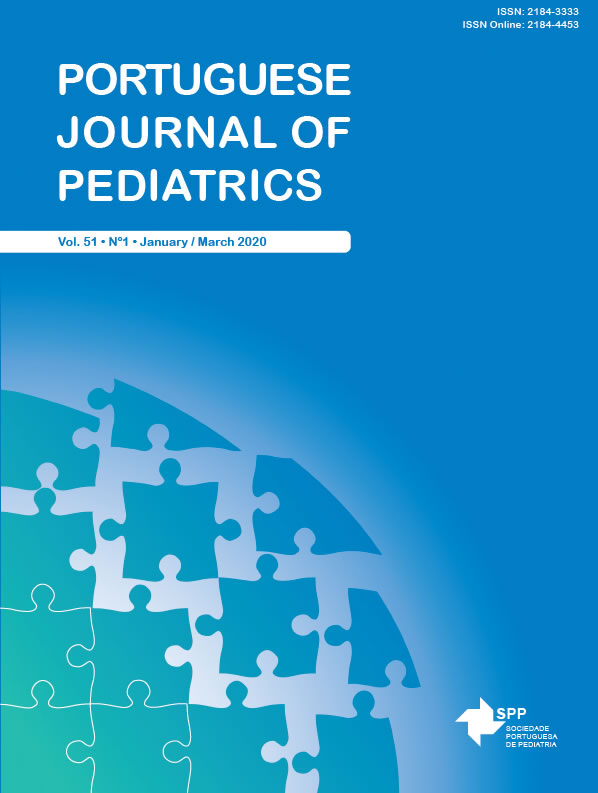Food Allergy - When to think and how to diagnose
Date of submission: 15-05-2019 | Date of acceptance: 31-07-2019 | Published: 27-01-2020
DOI:
https://doi.org/10.25754/pjp.2020.17869Abstract
Food allergy is an adverse reaction that occurs reproducibly following exposure to a certain food. It is always the result of a specific immune response. There is a significant lack of knowledge about its true prevalence and pathogenesis, a situation of concern in the face of a growing increase of this entity. It is estimated that its prevalence can reach a peak of 6-10% in the first year of life, assuming, in most cases, a transient nature.
Different organs and systems can be affected by an allergic reaction to food, therefore it should be considered in the presence of a wide variety of clinical conditions. The diagnosis should be phased, based on a clinical history that selects the complementary tests to be performed. It may be necessary to perform an oral food challenge, as it remains the gold standard for diagnosing food allergy.
Correct diagnosis is crucial in order to avoid potentially life-threatening exposure of the allergic person to the identified food. On the other hand, exclusion of a food allergy diagnosis is important to prevent unnecessary restrictive diets which often result in nutritional impairment.









